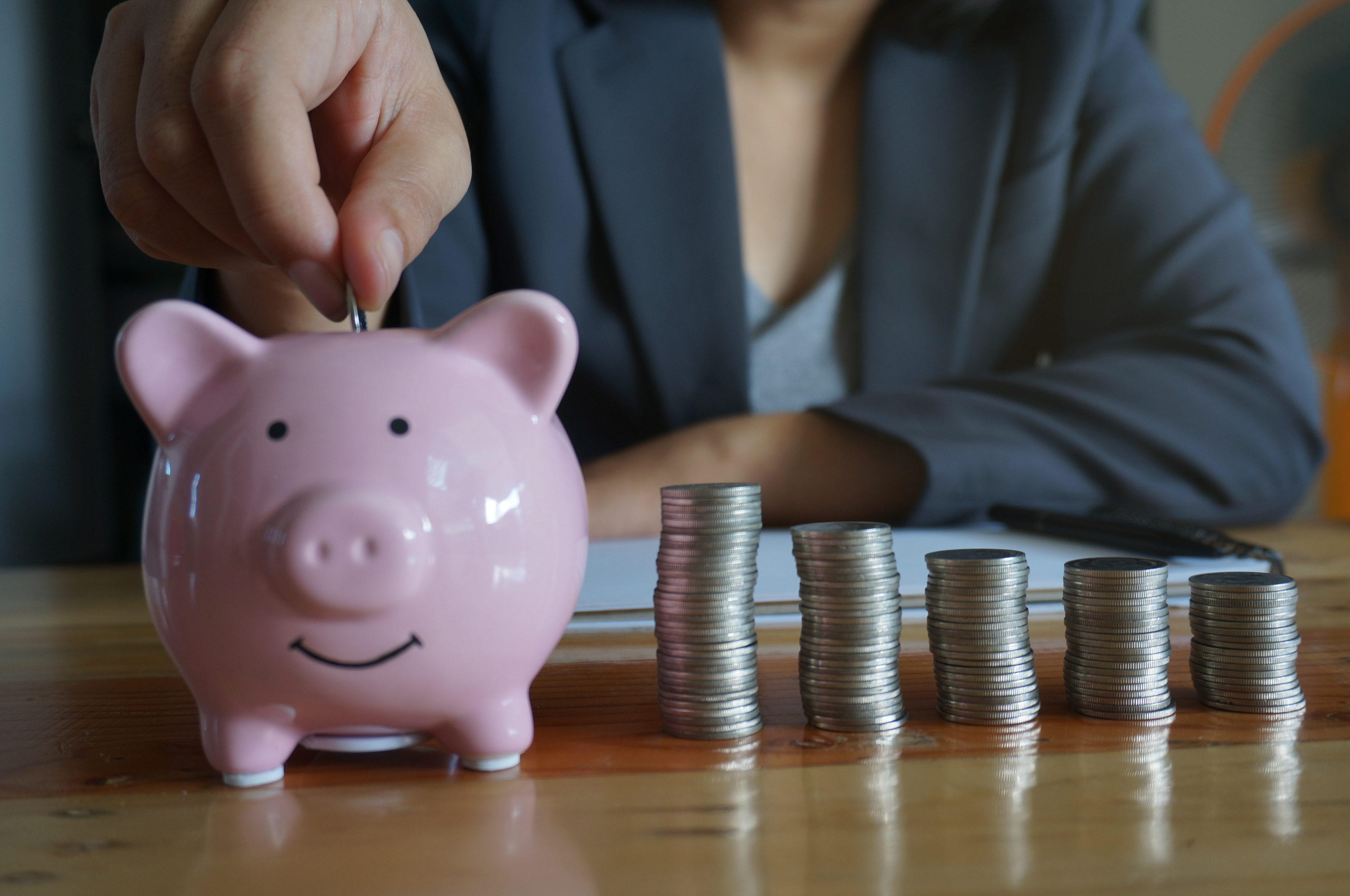Ready to Serve: Prospective Appointees
Exploring Job Opportunities
Every presidential administration has about 4,000 political positions to fill. Starting early, particularly by familiarizing yourself with the process and the required financial disclosure and background investigation forms, will give you an advantage. Learn about the types of political appointments, positions, pay and benefits, and how to get started in this section.
Webinar
An Overview of Vetting Forms: What Aspiring Political Appointees Should Know
Types of Appointments
Positions
Approximately 1,200 positions
Top-level senior positions such as agency heads and top deputies, general counsels, U.S. attorneys and most U.S. ambassadors.
Pay
For each full-time PAS position, pay is set by statute and is not negotiable. The five levels of pay in the Executive Schedule are:
To find the pay levels for specific positions, see the positions listed in the PLUM Data published by OPM.
The compensation information is based on guidance from the Office of Personnel Management and can be accessed here. If you are selected for this position, please consult the agency’s HR representative for further guidance on compensation.
Presidential Appointments Not Requiring Senate Confirmation
Positions
Approximately 450 positions
Senior-level positions within the Executive Office of the President such as senior White House aides and advisors.
Part-time seats on many boards and commissions.
Pay
The salaries are set by agency heads and fall within the range of the Senior Executive Service pay schedule, $147,649 to $221,900.
Many part-time appointments are unpaid.
Non-Career Senior Executive Service (NC-SES)
Positions
Approximately 750 positions
Key positions just below the top presidential appointees, serving as links between them and the rest of the federal workforce.
While approximately 90% of senior executives are career civil servants, up to 10 % government-wide may be political appointees. However, some positions are designated as “career-reserved” and cannot be filled by political appointees.
For more information on the Senior Executive Service, see the resources available from the Office of Personnel Management.
Pay
The salaries are set by agency heads and fall within the range of the Senior Executive Service pay schedule, $147,649 to $221,900. Many part-time appointments are unpaid.
Confidential or Policy-Making Positions (Schedule Cs)
Positions
Approximately 1,550 positions
Appointees are supervised by other political appointees and the work varies widely.
While some positions may be lower level, other Schedule C appointees may hold significant authority within their agencies.
Pay
The base salaries are aligned to the 2024 General Schedule. In the Washington D.C. Area Locality Pay Area, salaries range from $29,299 to $191,900.
Agencies use a candidate’s resume to classify the position and determine which grade level and pay apply.
Candidates should provide detailed resumes that clearly describe their capabilities and accomplishments.
Researching Jobs
Fully understanding the requirements of the position that you are seeking or being considered for is critically important. While there is no publicly available list of appointee job openings, you can research the positions held by others, either currently or in the past, to give you a sense of the opportunities that may be available. Here is a list of resources to help you research positions and pay levels, and review the responsibilities and qualifications needed for various jobs.
The Plum Book
One important source of appointments made in the recent past is the Plum Book. The new database version of the PLUM Data for 2024 lists more than 8,000 leadership and support positions, including the approximately 4,000 politically appointed executive branch jobs. This new version of the Plum Book also lists the location, pay scale and the name of the incumbent for each position.
Sample Position Descriptions
The Partnership’s Center for Presidential Transition® provides sample position descriptions for several hundred of the high-level positions that require Senate confirmation, which include responsibilities, requirements and competencies.
- For positions in the White House, see its Annual Report to Congress in 202 and. The White House Transition Project’s staffing charts also list positions in previous administrations.
- “Tech Talent for a 21st Century Government” describes appointee positions that play key roles in modernizing federal technology.
- The Business Executives for National Security lists the top 50 national security positions.
- The United States Government Manual provides information on all federal agencies and organizations, as well as numerous federal boards, commissions and committees. The manual describes the responsibilities of the major offices within agencies and subcomponents. An organization chart of the U.S. government illustrates how they all fit together.
- The Partnership’s Agency Performance Dashboard provides an overview of the workforce, employee experience, budgetary resources and information-technology maturity of 33 major federal agencies, each with more than 1,000 employees.
- Every administration needs to fill positions requiring functional expertise in areas such as:
- Management and administration.
- Financial management and budget.
- Human capital/human resources.
- Information technology.
- Legal affairs.
- Public affairs/communications.
- Legislative affairs.
- Chief scientists.
- Policy/regulatory.
Top Tips
Identify the types of positions among several agencies where you can add the most value based on your skills and experience.
Research positions and agencies you are interested in. Evaluate whether you are well-qualified to do the jobs you have identified. Be flexible, but do not pursue positions where you would not be a good fit.
There is intense competition for these jobs. During past transitions, hundreds of thousands of individuals applied to fill the roughly 4,000 positions.
Know what level of pay to expect and consider the cost of moving to and living in Washington, D.C. White House salaries are constrained by a limited budget, so they are often lower than those in the federal agencies.
Perks that may be customary in some industries are often not provided by the federal government. For example, many agencies do not provide relocation costs to appointees who move to Washington, D.C. Presidential appointees are not eligible for bonuses.
This is comparable to “at will” employment in the private sector where one may be asked to resign or be dismissed at any time. Political appointees are expected to perform effectively and support the agency leadership and/or the administration at all times.
Make sure your profiles, such as LinkedIn, are updated with your most accurate and recent information.
Employee Benefits
Appointees are encouraged to obtain federal managers liability insurance through vendors such as Federal Employee Defense Services and Starr Wright USA. You may be reimbursed for up to 50% of the insurance premium, subject to the availability of appropriations.
Political appointees receive similar benefits as career civil service employees, including the same health care plans.
Appointees in Non-Career Senior Executive Service and Schedule C positions earn vacation and sick leave at the same rates as SES or General Schedule employees. However, both types of appointments—those that do and do not require Senate confirmation—are not part of the federal leave system and individuals in these jobs do not earn vacation and sick leave.
All appointees participate in the Federal Employee Retirement System and contribute 4.4% of their pay annually.
On the Blog

Seeking a political appointment: Seven tips from a former special assistant to the president for presidential personnel

How (Not) To Get a Job in an Administration: Five Lessons From Transition Experts


